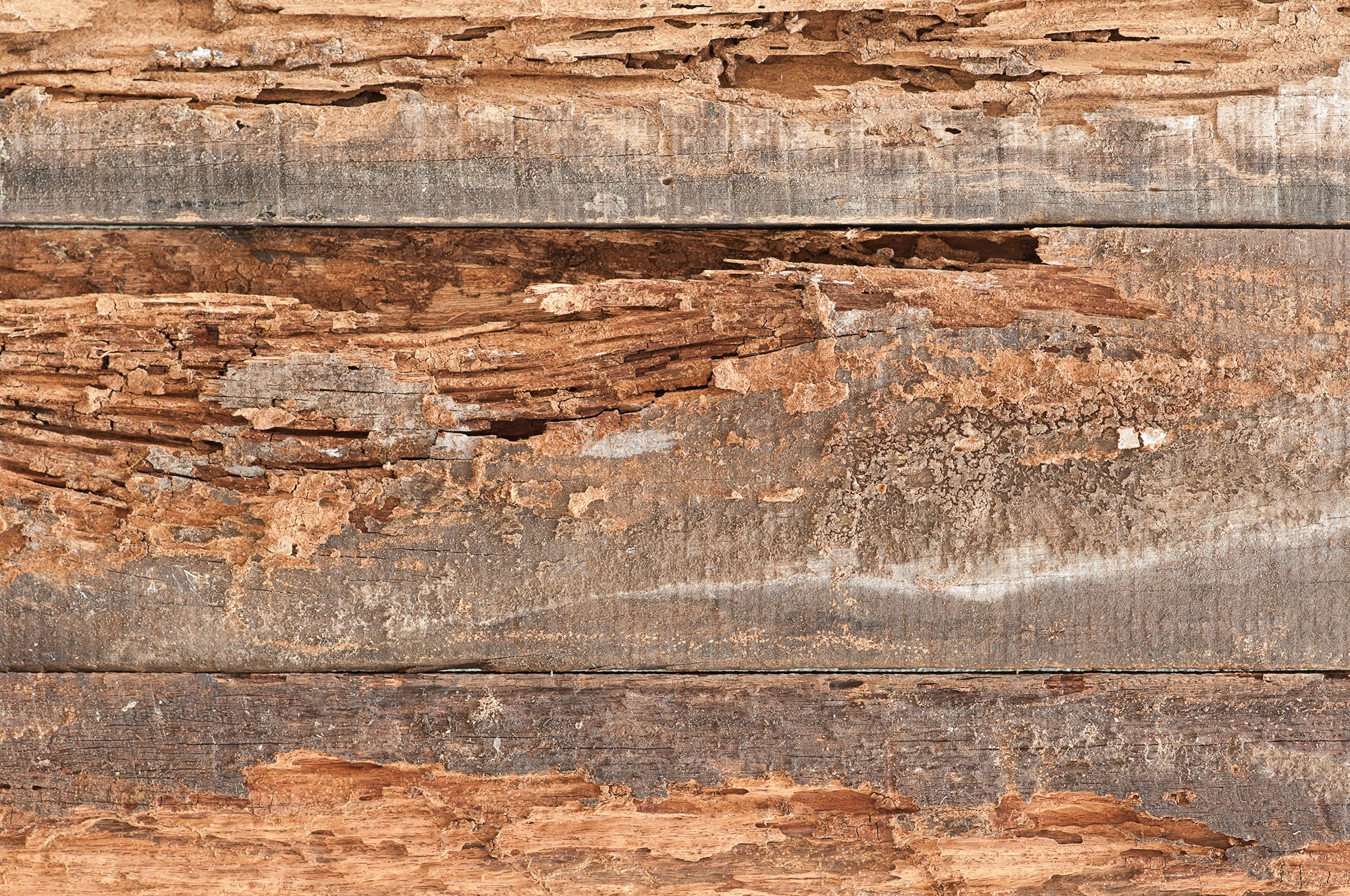Termites are a huge problem for homeowners, especially in Kansas City. If their presence in a home is allowed to go unchecked, the issues they cause can severely damage the structure of your home—weakening floors, walls, siding, and structural wood beams. These tiny insects can make your house unlivable and force you to invest in costly repairs—so it’s important to catch an infestation quickly.
If you’re concerned you might have termites, you’ll want to do a close inspection of your property. Here’s what to look for.
7 Signs Your Home Is Being Eaten by Termites
Some termites are subterranean and live in dirt, while others, called drywood termites, make their nests in wood. But both do damage to your home because both feed on wood. You’ll notice:
1. Mud Tubes
Termites make their nests by digging through the soil and wood in and around your house. Like ants, they create a whole nest of tunnels, and you’ll see evidence of this in what look like little mud tunnels, about the thickness of a pencil, around your property’s foundation.
2. Ruined Wood
As termites dig, nest and feed, they weaken the wood they’re living in. Since they essentially eat your wood from the inside out, you may notice that the walls where they’re nesting sound hollow when you tap them. Walls and ceilings may also show odd bulges, similar to water damage. Check window and door frames too, because termites can hide there.
3. Damaged Flooring
Some types of termites like to live underground. These subterranean insects eat away at the wood structures beneath your home, and the tunnels they create can mimic moisture damage. So, if your floors are showing damage like blistering, swelling or buckling, these bugs may be the culprit.
4. Sawdust-like Droppings
When termites create new tunnels, they push aside their own debris, which can include—unfortunately—their droppings. (Yuck, right?) These droppings (also called frass) look like bits of sawdust that you may see lying around.
5. Clumps of Insect Wings
Termites breed in springtime, and their mating and nest-building activities can leave evidence behind in the form of wings that they no longer need once they’ve reproduced. You might even see young flying termites swarming in the spring.
6. Clicking Noises
Termites communicate with each other by tapping against wood surfaces and shaking their bodies, which can create a clicking noise that you may notice, especially if your home is quiet.
7. Marred Furniture Veneer
If the infestation is bad, the termites can move from walls and floors to furnishings. You may notice new furniture being eaten away, or showing cracks and breaks in their surfaces.
Address Termite Damage with Gorgeous New Siding from Our Trusted Team
If you suspect you have termites, the first line of defense is to call a pest control company to do an inspection. But once that’s done, you’ll need to address the damage those insects left behind—and new siding that resists termites is an excellent long-term solution that will give you peace of mind.
Our team of Kansas City siding pros can evaluate your home and guide you — from picking the right material, such as vinyl, stone veneer or fiber cement siding — to enjoying a siding installation done right the first time. Learn more about getting new siding from the Smart Exteriors team of experts.

